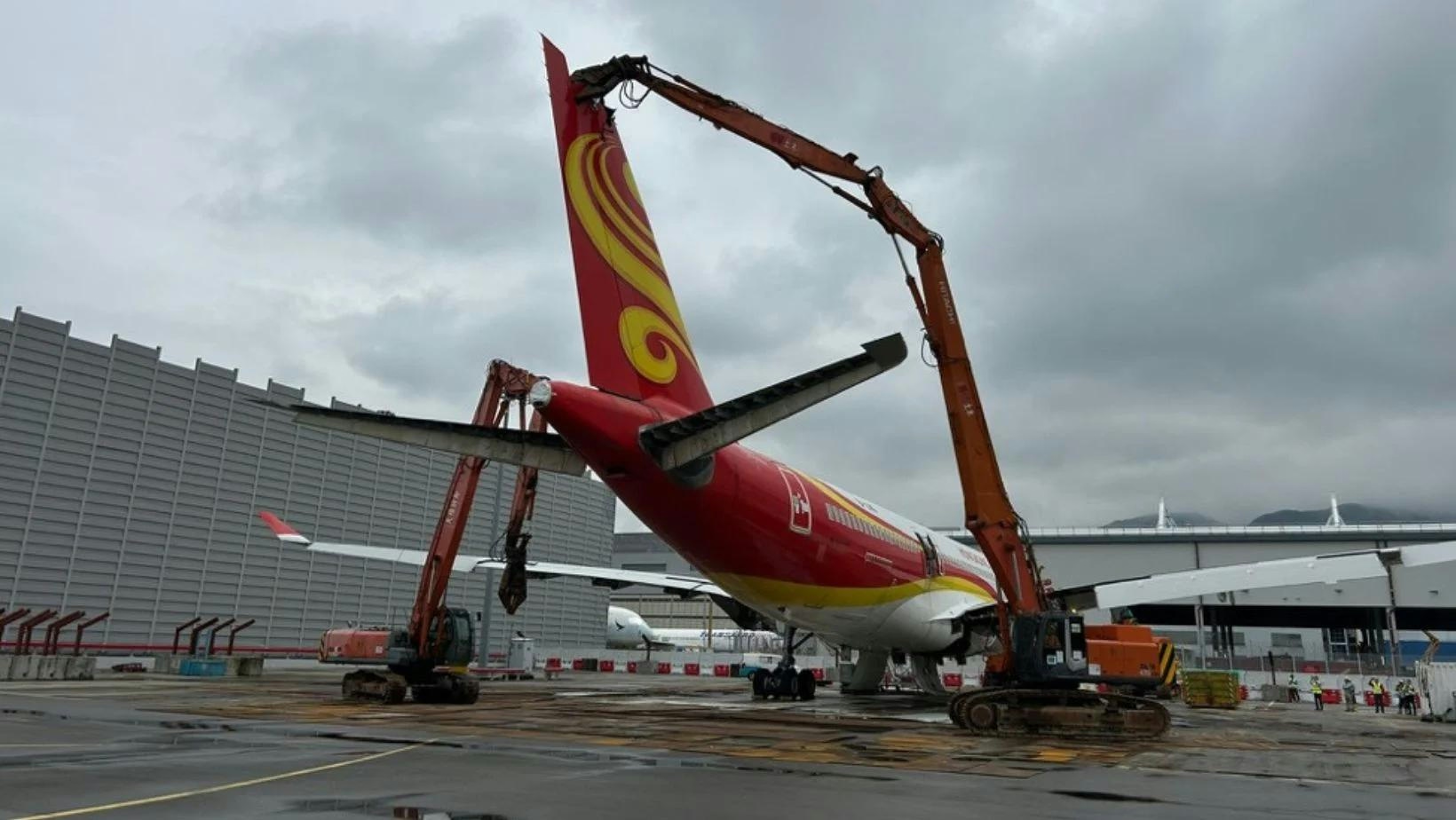
Smarter email, faster business.
Trending
Delivery Delays Slow Growth at Taiwan’s Starlux Airlines
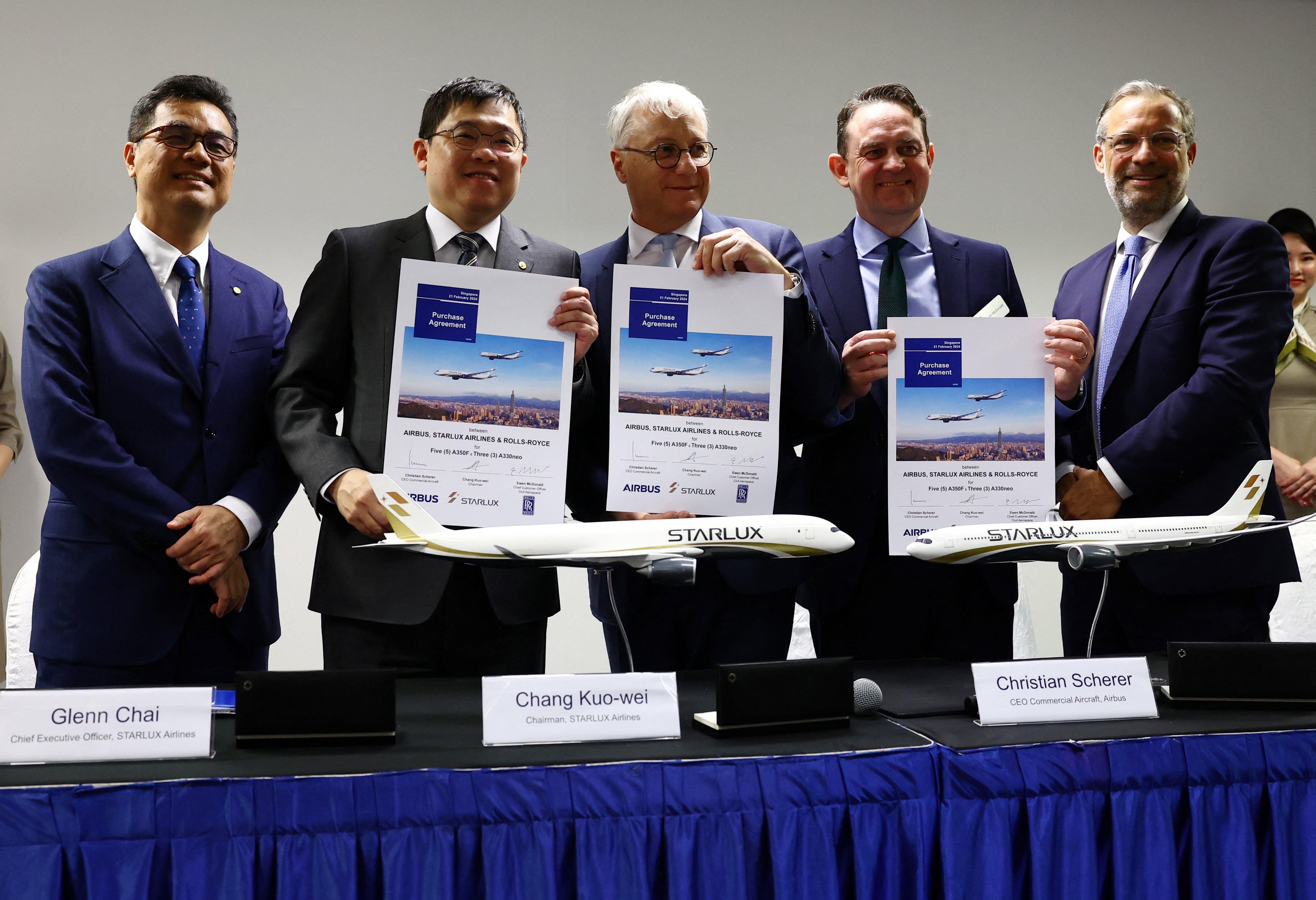
Delivery Delays and Demand Challenges Impede Growth at Taiwan’s Starlux Airlines
Starlux Airlines is confronting significant obstacles as delays in aircraft deliveries from Airbus, coupled with weakening demand on its US routes, threaten to slow the carrier’s expansion plans. CEO Glenn Chai revealed to Bloomberg that Airbus has informed the airline of a reduction in scheduled deliveries for the year, exacerbating difficulties already intensified by economic uncertainty and softer passenger bookings.
Impact of Airbus Delivery Delays
The airline, which has 27 Airbus aircraft on order, now anticipates receiving only one A350-1000 and two A330-900Ns for the remainder of 2024—four fewer aircraft than initially planned. Two A350-900s have already been delivered this year. Consequently, Starlux’s expected capacity growth of approximately 50% is likely to be revised downward to between 20% and 30%. Airbus continues to face persistent supply chain disruptions, particularly concerning engines and structural components, and has cautioned customers that delivery delays may persist for up to three more years. Some aircraft originally scheduled for delivery in 2027 or 2028 are now subject to postponements of six months. Starlux’s outstanding orders include six A321-200NX, three A330-900Ns, eight A350-1000s, and ten A350 freighters, which, once delivered, would nearly double the airline’s current fleet of 28 aircraft.
Weakened Demand on US Routes
These delivery setbacks coincide with a critical period for Starlux’s long-haul operations, which encompass four US destinations: Seattle, San Francisco, Los Angeles, and Ontario, California, all served by A350-900 aircraft. Chai noted a decline in bookings on these routes, attributing the softness to economic uncertainty linked to tariffs imposed by the US administration. “This summer, we see the impact already,” he stated. “People are feeling uncertain about future economic growth. They are still booking but they postpone to the fourth quarter.” Despite this, Chai remains cautiously optimistic that demand will recover toward the end of the year as tariff-related uncertainties diminish.
Currently, Starlux operates daily flights to Seattle and San Francisco, four weekly flights to Ontario, and 11 weekly flights to Los Angeles, providing a total of 17,136 weekly seats between Taiwan and the United States.
Risks to Growth and Market Position
The ongoing delivery delays not only restrict Starlux’s growth ambitions but also pose risks to customer satisfaction and market share, as travelers may opt for competitors with more reliable schedules. Prolonged disruptions could undermine the airline’s reputation and result in missed opportunities within a highly competitive market. Industry analysts emphasize that effective risk management will be essential for Starlux as it navigates these challenges and strives to maintain its standing in the international aviation sector.

Yingling Aviation Named Authorized Honeywell Dealer
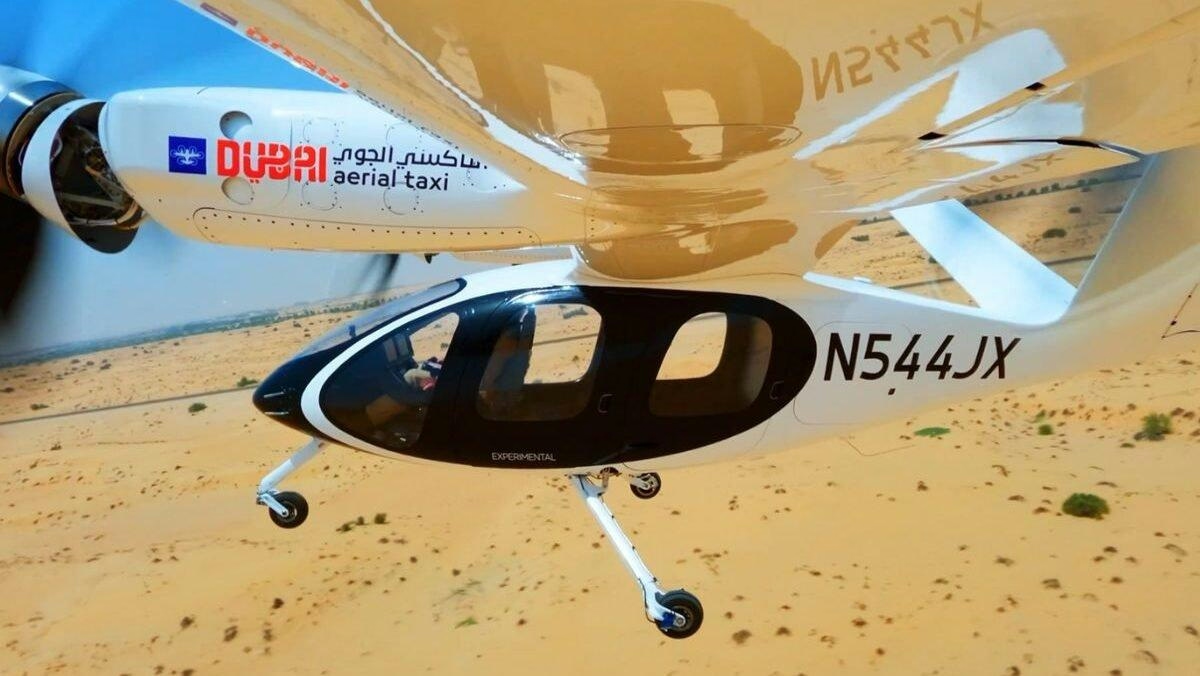
Does Joby Aviation's Milestone in Dubai Point Toward Further Growth?
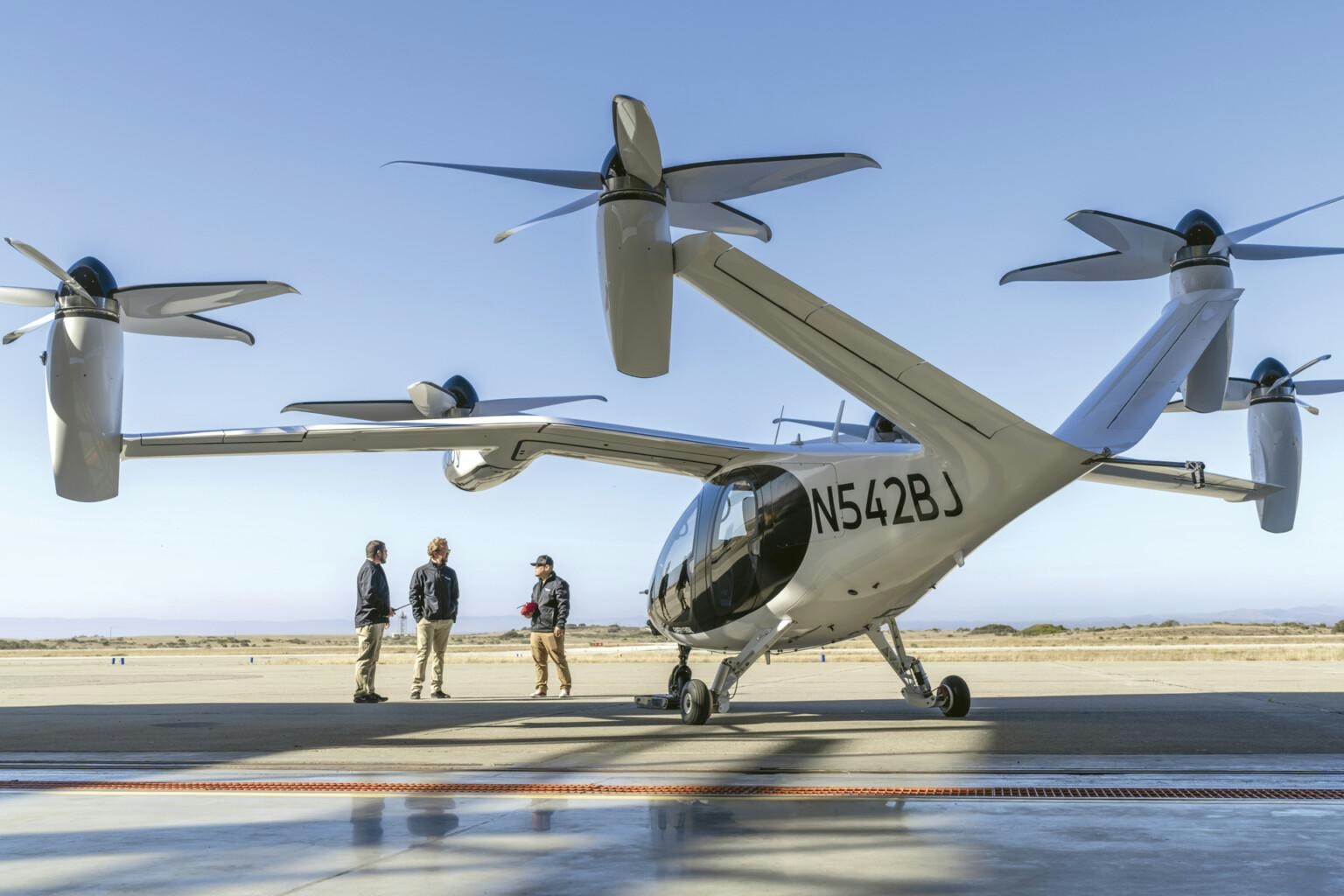
New Invention Promises to Eliminate Airplane Emissions in Country
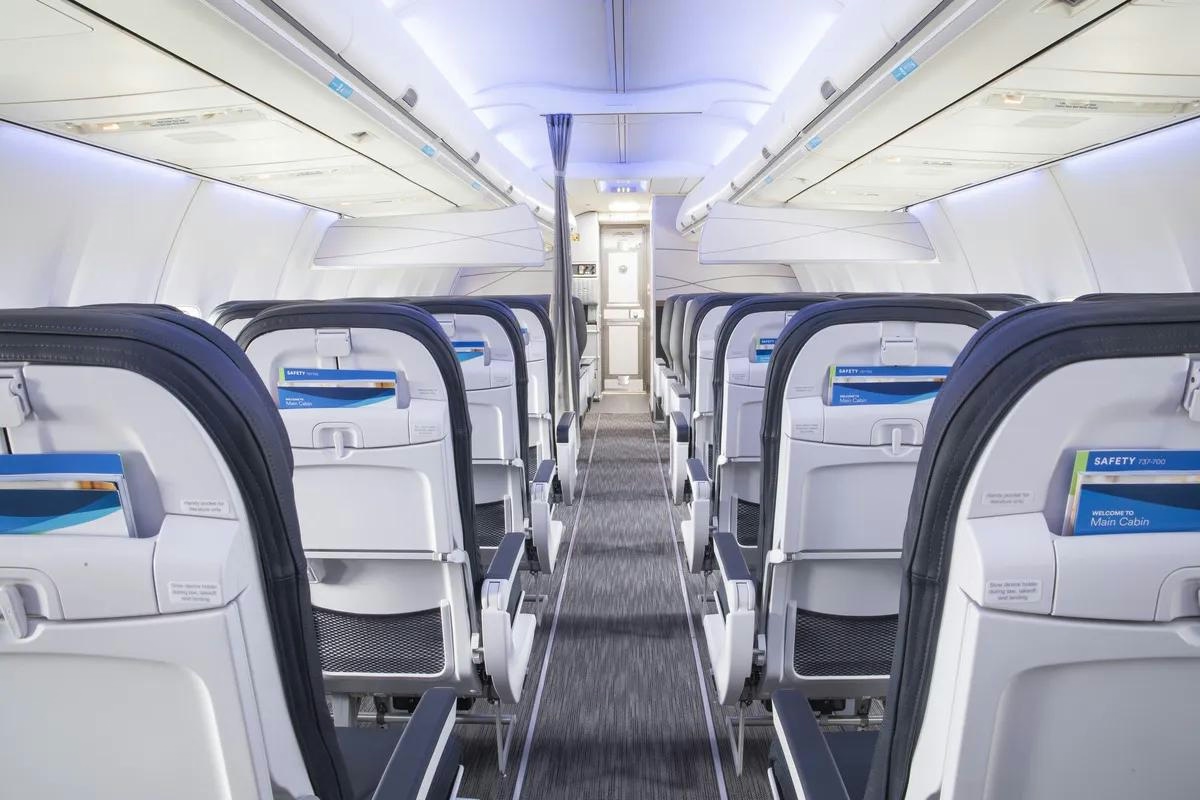
Key Questions on Chinese Travel, AI, and Airlines Answered by Skift
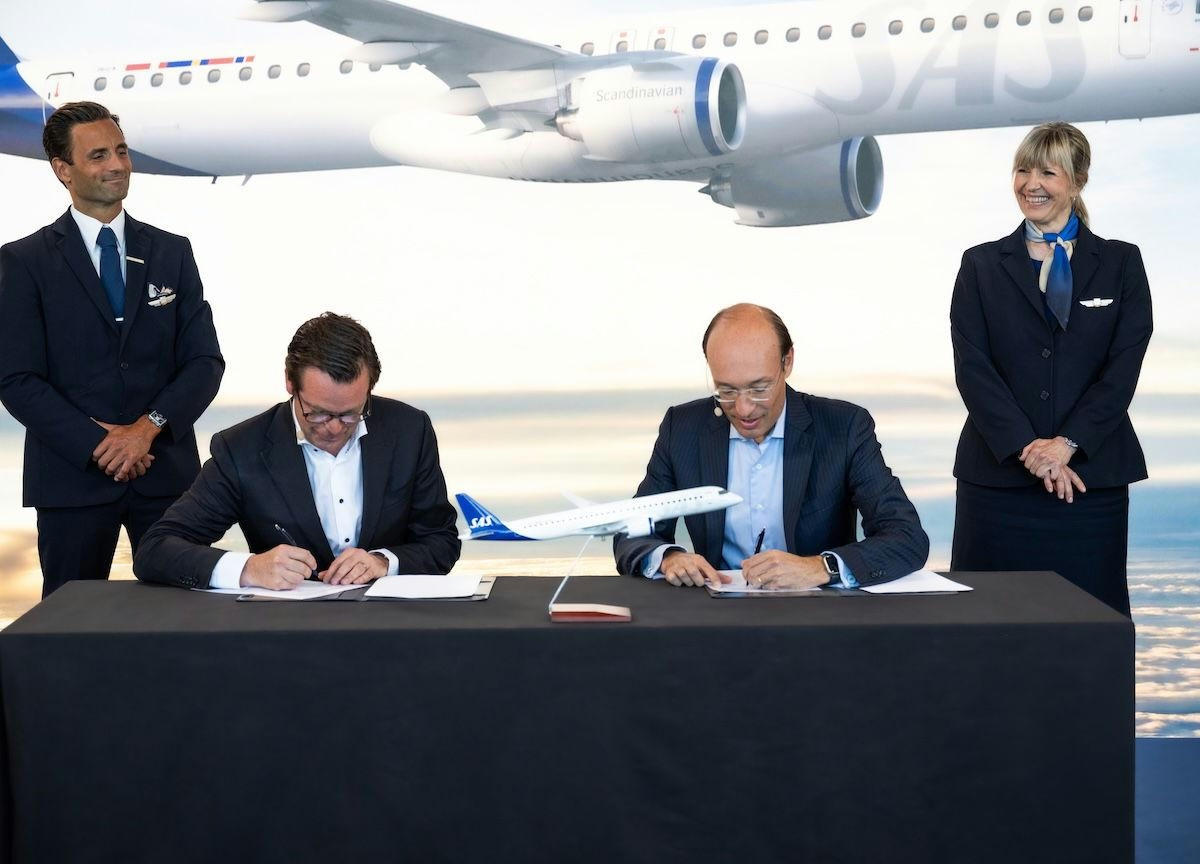
SAS Orders Up to 55 Embraer E195-E2 Jets
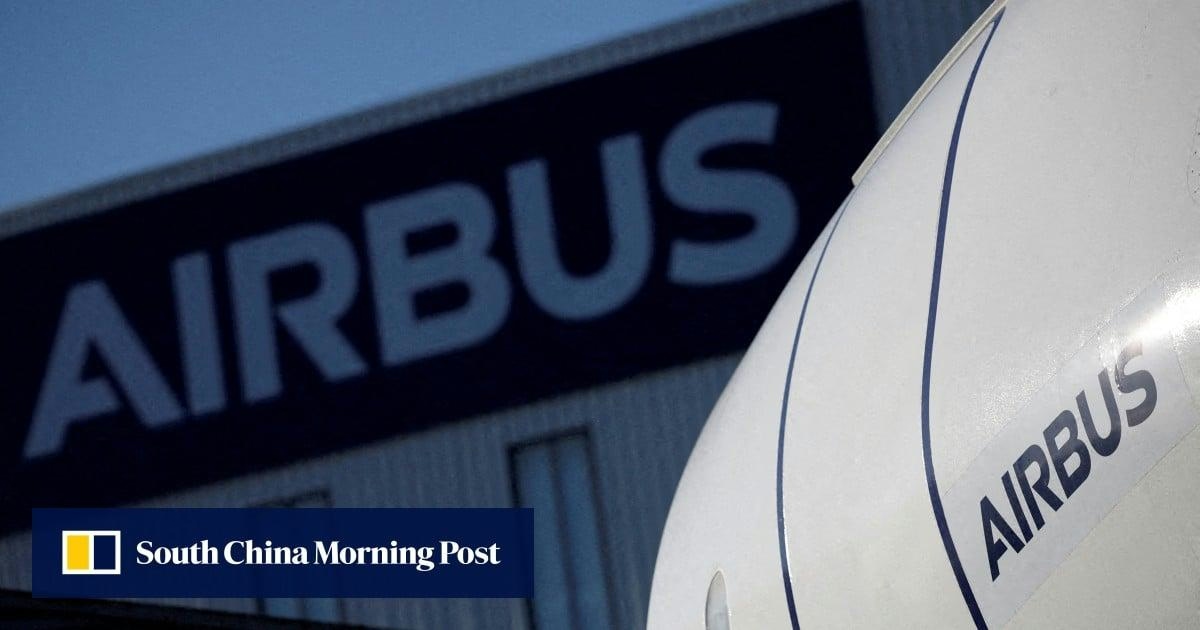
China edges closer to Airbus mega-deal, leaving Boeing out in the cold: analysts
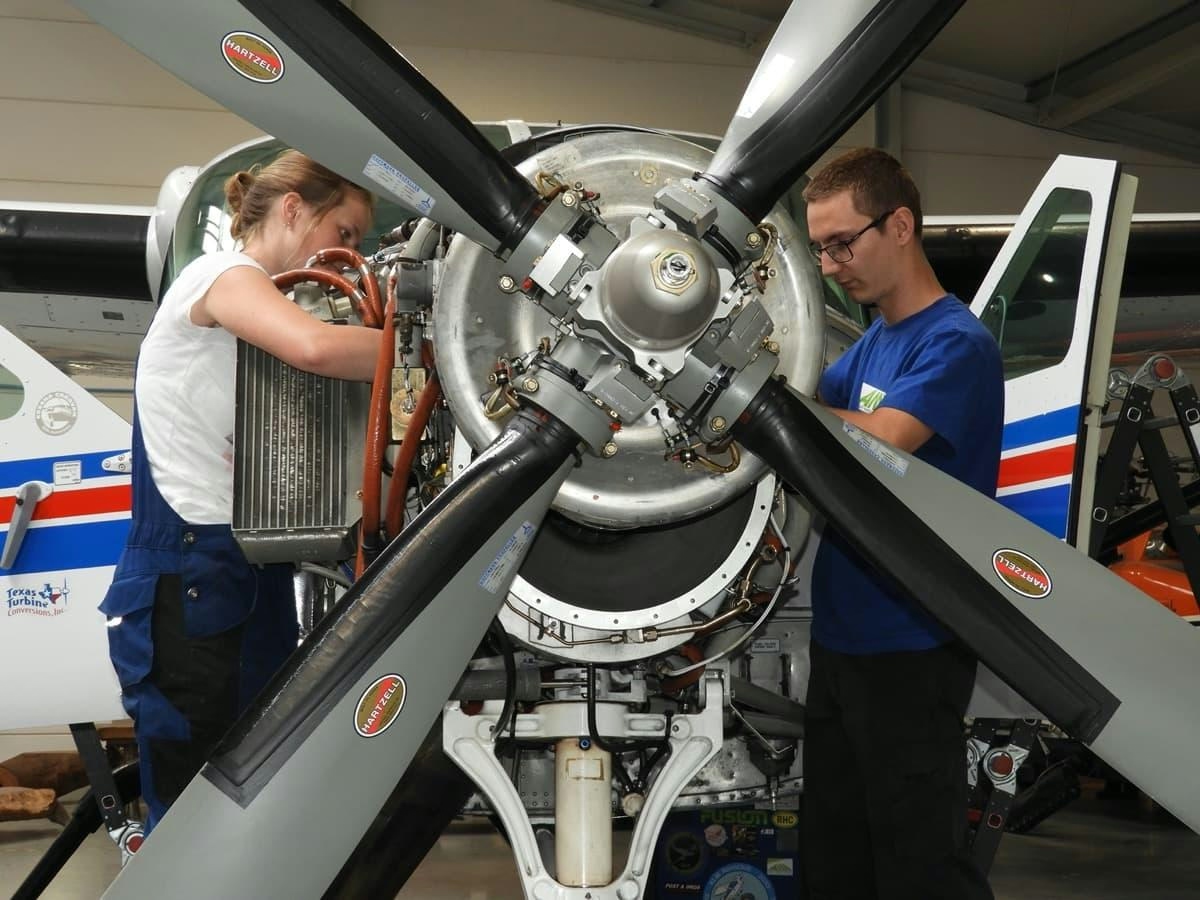
Rano Air Collaborates with Aviation Authorities to Investigate In-Flight Engine Malfunction

Portugal Hosts Aviation Pioneers at World Aviation Festival in Lisbon
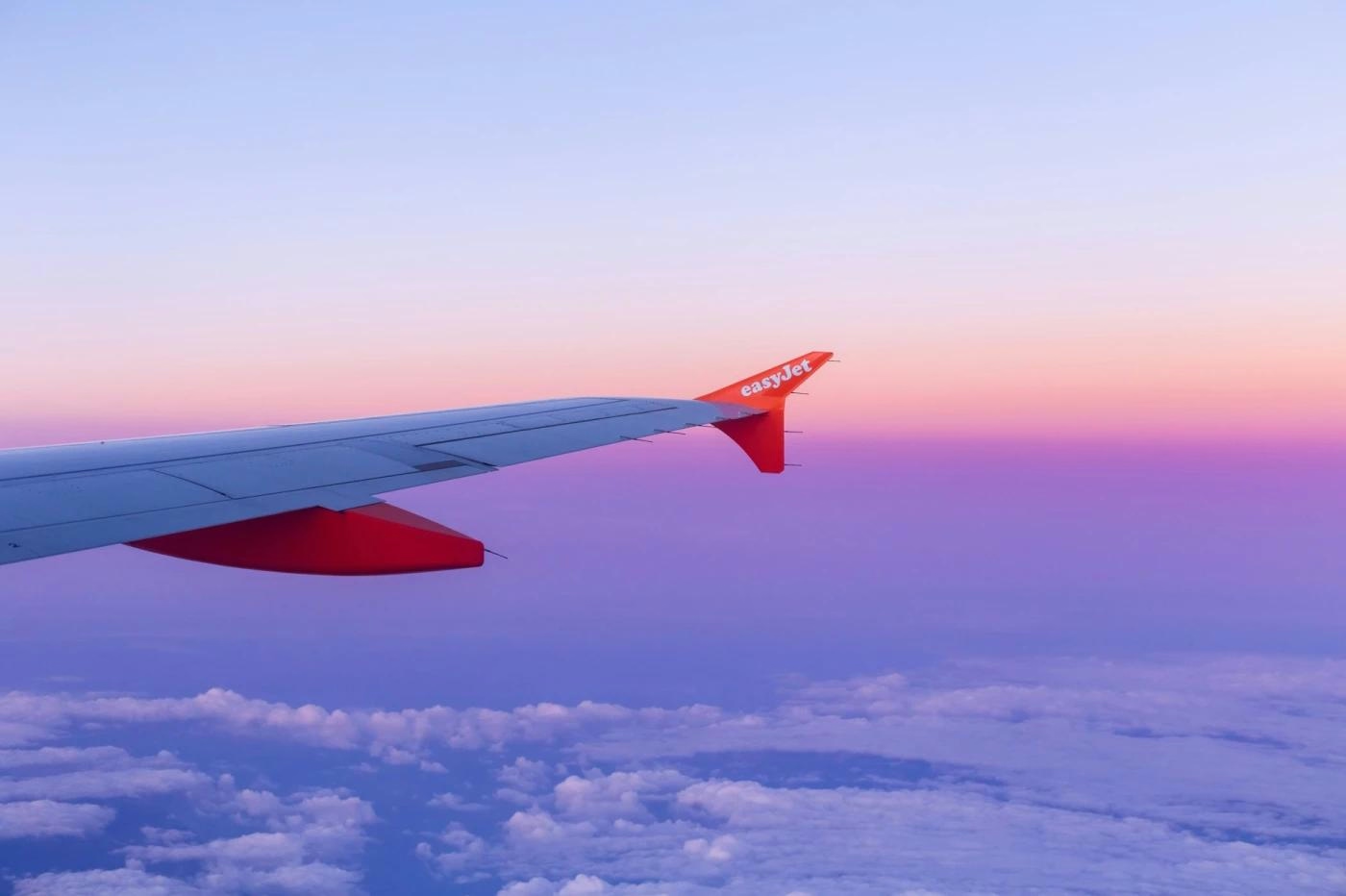
World Star Aviation Backs XMAL’s First Lease Deal with easyJet
